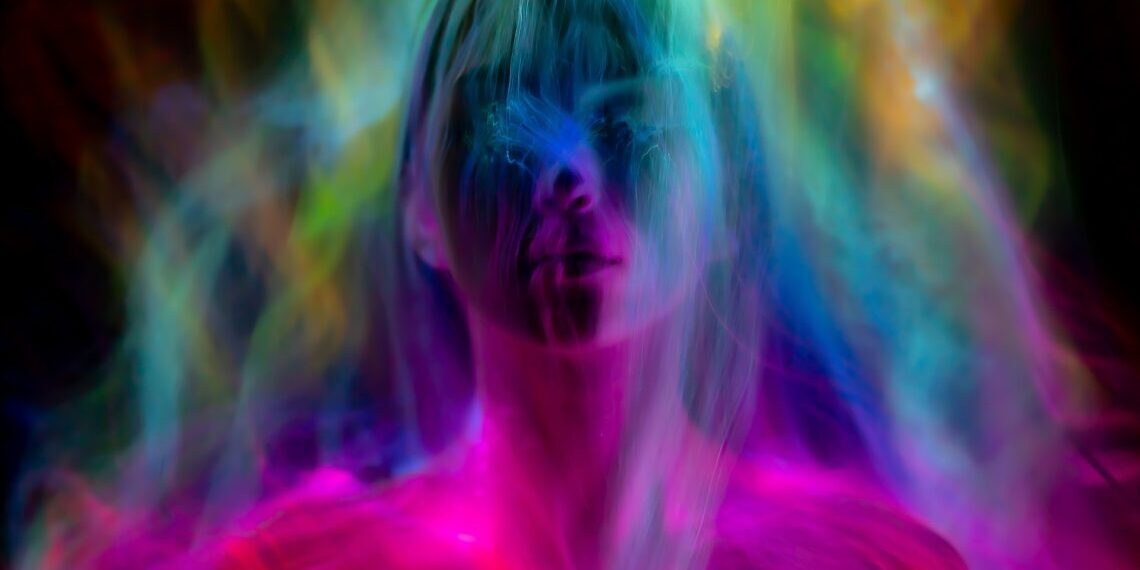In 1926, Salvador Dalí was expelled from the Royal Academy of Fine Arts in Madrid for insulting the examination panel. He then moved to Paris, where he developed his own unique style influenced by Sigmund Freud’s interpretations of vivid dreams and surreal hallucinations. Dalí embraced association and automaticity in his creative process.
Recently, OpenAI launched the DALL-E deep learning model, which can generate novel images from natural-language descriptions. The program’s name is a tribute to Dalí, as it shares his characteristics of automaticity, generativity, and a dreamy aesthetic. Other image generators such as Midjourney and Stable Diffusion [and others like Leonardo.AI and Microsoft’s Rembrandt] both fascinate and horrify the art community and the general public.
The emergence of artificial intelligence (AI) image generators raises questions about the future of art and the role of the artist as a human genius. Can machines truly be creative? Dalí’s adoption of a “style transfer” technique, is a methodology similar to that used by Microsoft’s Rembrandt AI and others, demonstrating that imitation is a precursor to artistic evolution. OpenAI trained DALL-E using established machine learning (ML) techniques, including analyzing existing artwork stored as a database of patterns. Similarly, Dalí drew inspiration from art history resources to create his own innovative pieces.
Computer scientist Margaret Boden’s definition of creativity as the ability to come up with new, surprising, and valuable ideas or artifacts allows for the possibility of both humans and machines being creative. This understanding challenges the humanist legacy of art. In conjunction with Boden’s ideas [that artifacts exist by creativity], Philosopher Bernard Stiegler argues that human evolution occurs in collaboration with technology.
The anxiety surrounding AI technology’s impact on art is not new. In the early 1820s, the invention of photography was feared to bring about the end of painting. However, photography sparked new ways of seeing and creating images. The first phase of AI art powered by ML techniques was limited by an engineering-based approach and a conservative view of art, resulting in average artifacts.
When comparing and evaluating these new AI-generated artifacts as art, it is essential to recognize the historical and contextual nature of art and the diverse perspectives of its recipients. Art can also hold financial value and is part of a global exchange of capital. Artist Refik Anadol’s project, “Unsupervised,” trained an ML model on a database of artworks from the Museum of Modern Art to create mesmerizing morphic images. Viewing these artworks can be a deeply affecting experience, blurring the boundaries between human and machine creation.
Machines can simulate intelligence and generate novel outputs, but this does not imply sentience or sapience. Rather, machines reflect our cortico-corporeal apparatus and environment, providing opportunities for self-reflection. Many artists today explore the conditions and satisfaction of artistic and technological creation with AI, addressing the use of algorithmic tools and creating art by alternative intelligences.
Beneath discussions of machinic creativity lies anxiety about the future of human creativity and its value. The AI-enabled outpouring of artifacts raises questions about labor and technology, the value of art, and art education. Moreover, the exploitation of cultural repositories without fair compensation raises concerns of moral and economic justice. Additionally, reducing art to the production of easily monetizable artifacts may undervalue forms of cultural activity that cannot be easily commodified.
To ensure the preservation of human creativity, it is crucial to avoid panic about “creative AIs”, and instead focus on creative education, art institutions, and funding models guided by sensible policies rather than by merchandizing or by Big Tech’s optimization efforts. By doing so, we can create a future that allows diverse artistic expressions to flourish.





